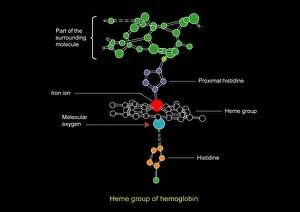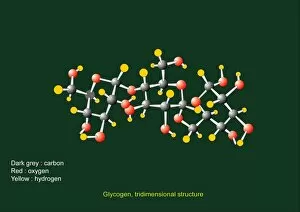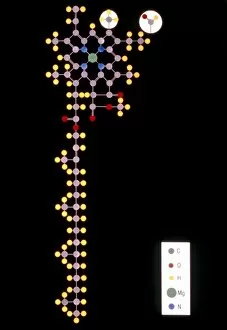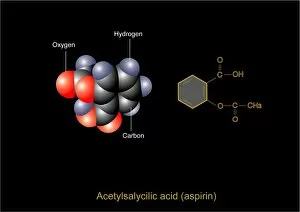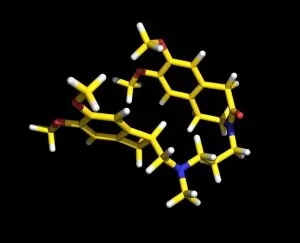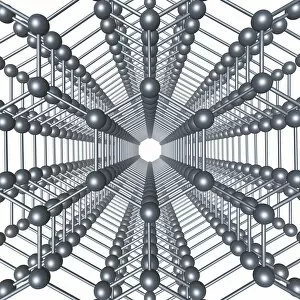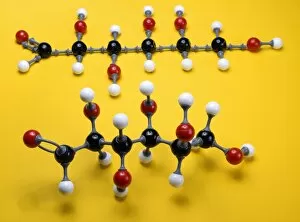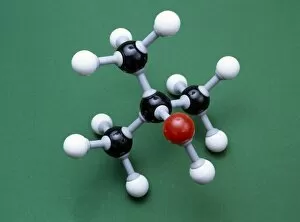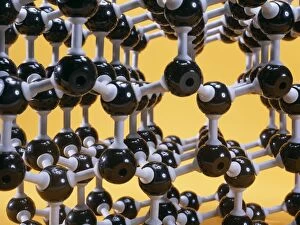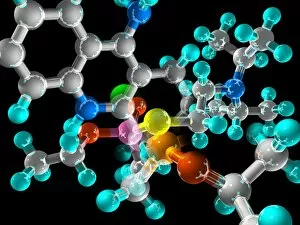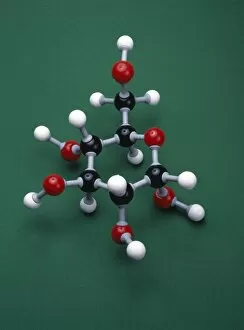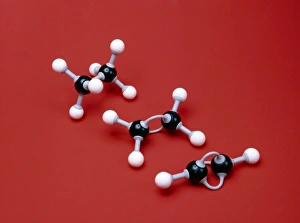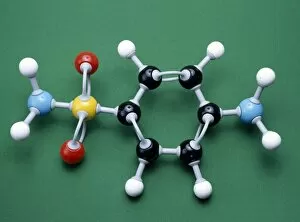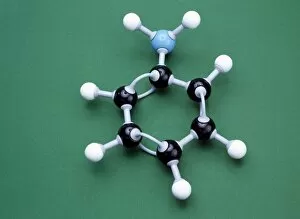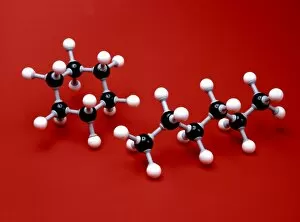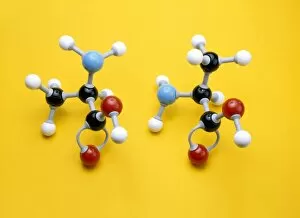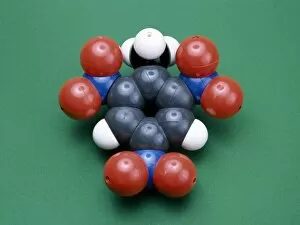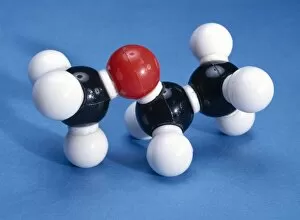Bonds Collection (page 9)
"Bonds: Uniting Nations, Empowering Victories" In times of turmoil and conflict, they have proven to be the cornerstone of resilience and victory
All Professionally Made to Order for Quick Shipping
"Bonds: Uniting Nations, Empowering Victories" In times of turmoil and conflict, they have proven to be the cornerstone of resilience and victory. From the Liberty Loan posters during World War I, urging citizens to invest in their country's future, to the haunting images of London's Blitz in St Bride Street and Farringdon Street during World War II – they have transcended mere financial transactions. Even Austro-Hungarian War they were promoted through captivating posters that appealed to patriotism and solidarity. These visual reminders showcased how they are strengthen nations amidst chaos. Graphene, a revolutionary material with unparalleled strength and conductivity, exemplifies another kind of bond – one at an atomic level. Its potential has sparked innovation across industries as it promises breakthroughs in technology and science. War Bonds Posters from WWI featuring tanks depicted the symbiotic relationship between military might and public support. The call for investment was not only about financing war efforts but also fostering a sense of unity among citizens. Artistic expressions like Graphene sheet artwork C016/8274 remind us that bonds extend beyond monetary value; they connect ideas, cultures, and people on a deeper level. Similarly, German poster campaigns during WWI urged individuals to subscribe to the Sixth War Loan – emphasizing collective responsibility towards national defense. Nature itself showcases remarkable bonding moments; whether it is witnessing adult Mute Swans entwining their necks in courtship behavior or Great Northern Divers circling on lakes in a mesmerizing display of connection – these creatures teach us about love, loyalty, and companionship. Lastly, Buckminsterfullerene molecules symbolize yet another form of bonding - molecular structures coming together harmoniously to create something extraordinary. This discovery highlights how even at microscopic levels connections are vital for progress. Throughout history and nature alike we see that bonds hold immense power - uniting nations against adversity or sparking scientific revolutions. They remind us that when we come together, we can achieve greatness and overcome any challenge that lies ahead.



